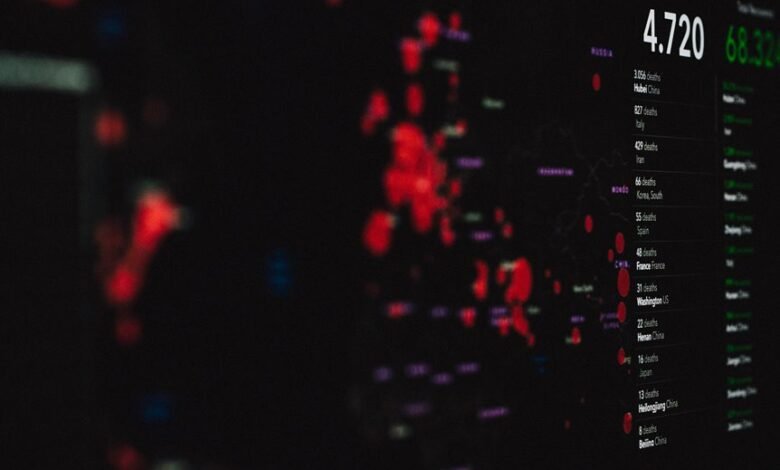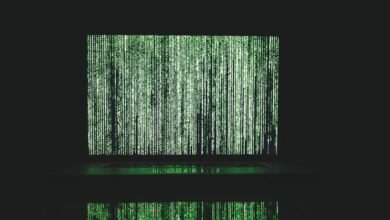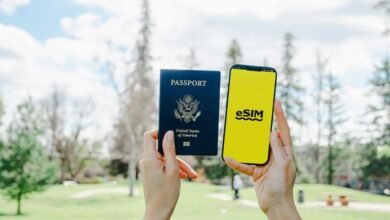Investigate Facts About 2123331018, 2123702892, 2125162446, 2125163415, 2127461300, 2128459525

The numerical identifiers 2123331018, 2123702892, 2125162446, 2125163415, 2127461300, and 2128459525 reflect a range of applications across various sectors. Each number serves as a unique reference, often tied to services or organizations. However, they also raise questions about the legitimacy of calls associated with them. Understanding their origins and contexts is crucial for discerning potential scams and enhancing communication security. What implications do these numbers hold for users?
Overview of 2123331018
The entity identified as 2123331018 represents a specific numerical designation that can be associated with various contexts, such as unique identifiers in databases, product codes, or reference numbers in administrative systems.
Its phone number origins may derive from significant area codes, reflecting geographic regions or service providers.
Understanding these connections enhances awareness of how numerical designations function within broader communication frameworks, thereby promoting informed choices.
Insights Into 2123702892
Insights into 2123702892 reveal its role as a numerical identifier that may serve multiple functions across various sectors.
Investigating the phone number’s origins suggests potential ties to legitimate enterprises, yet it also raises concerns about scam alerts associated with its use.
Users are encouraged to remain vigilant and discerning, balancing the need for communication with the necessity of safeguarding personal information.
Details on 2125162446, 2125163415, 2127461300, and 2128459525
While exploring the phone numbers 2125162446, 2125163415, 2127461300, and 2128459525, it becomes evident that these numerical identifiers may be linked to various organizations and services.
Analyzing their phone number origins reveals potential associations with specific industries. Understanding caller identity can enhance awareness and inform individuals about the nature of communications they may receive from these numbers, promoting informed decision-making.
Conclusion
In conclusion, the investigation of the numerical identifiers 2123331018, 2123702892, 2125162446, 2125163415, 2127461300, and 2128459525 reveals a complex web of associations within various sectors, akin to a tapestry woven from distinct threads of information. Each number serves a unique purpose, yet the potential for scams underscores the need for vigilance. By understanding the context and legitimacy of these identifiers, individuals can navigate communication landscapes more effectively, ensuring informed decision-making in their interactions.





